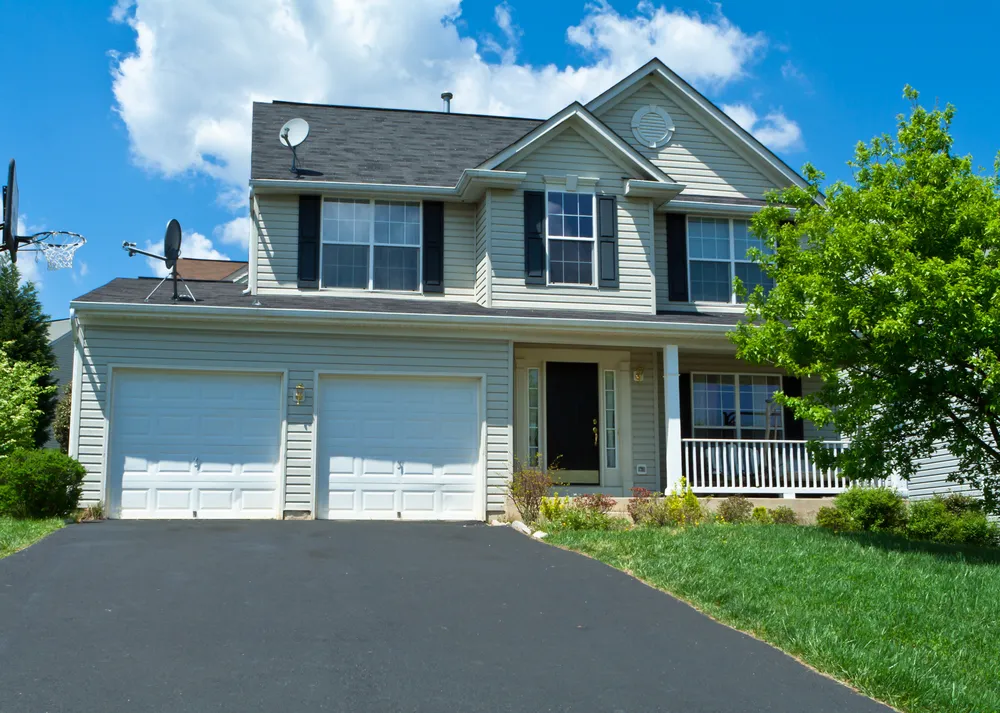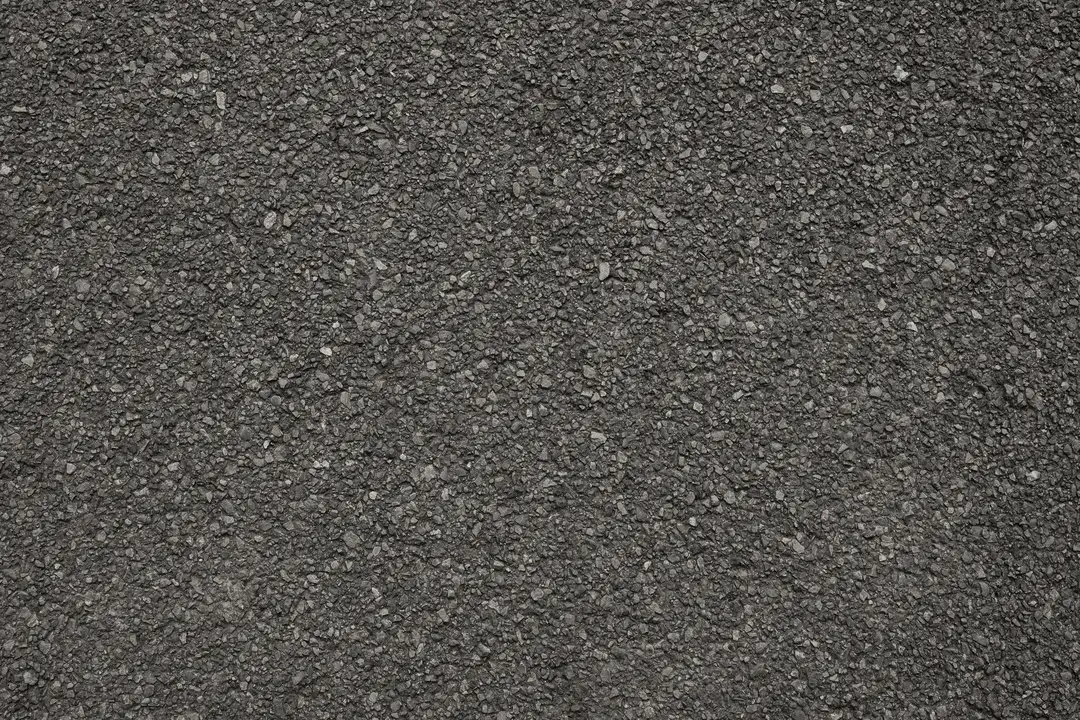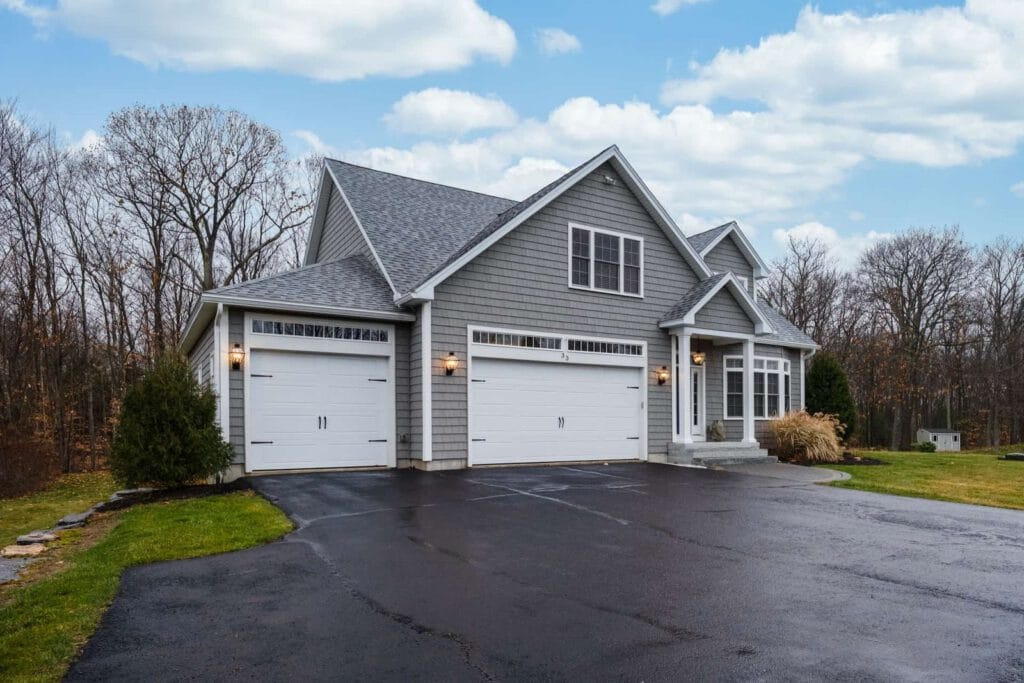How Much Does it Cost to Seal Coat a Blacktop Driveway
If you want to enhance the appearance of your home and protect your driveway from damage, then sealing your blacktop…

03/28/2023

If you want to enhance the appearance of your home and protect your driveway from damage, then sealing your blacktop…

Blacktop Driveway Maintenance: 7 Easy tips from Paving prosAre you tired of your blacktop asphalt driveway showing wear and tear?…

As a homeowner, you may be considering installing a brand-new asphalt driveway as a dependable and affordable paving option. However,…
